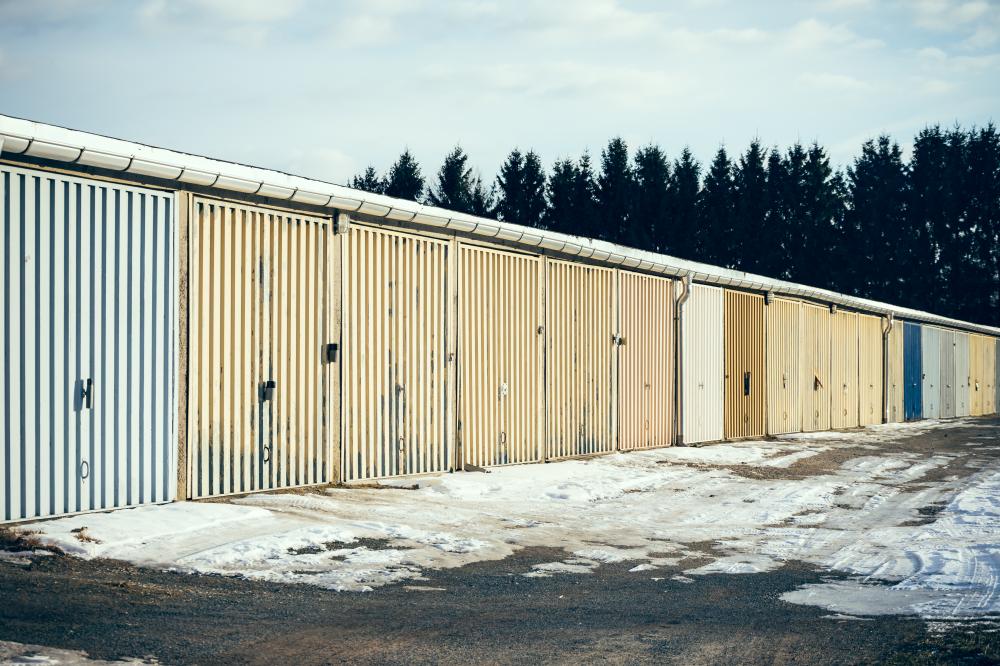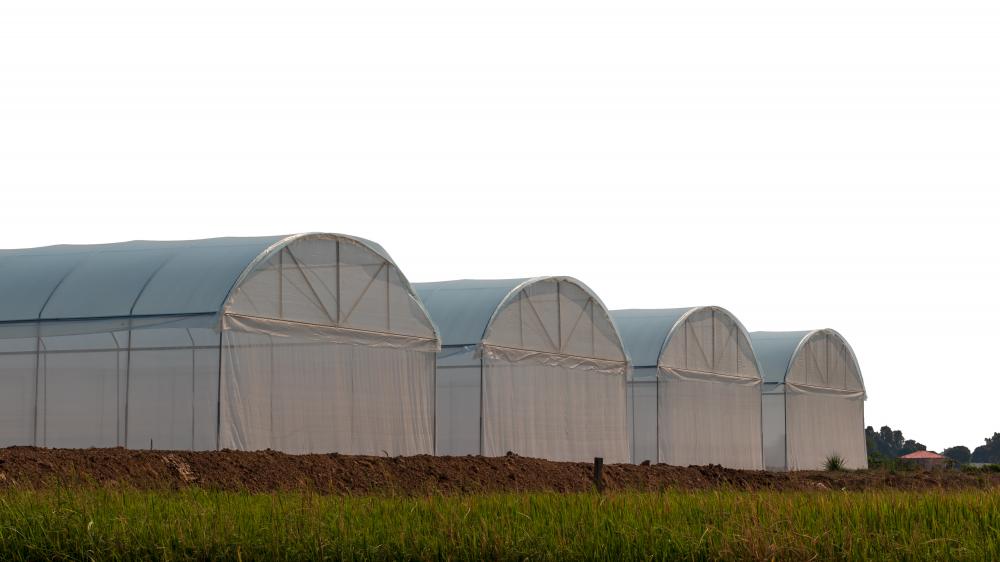
Introduction to Fabric Storage Buildings
At Freedom Buildings, we’ve witnessed first-hand the evolution of fabric storage buildings over the past three decades. Initially regarded as a niche solution, these structures have grown in popularity due to their versatility, durability, and cost-effectiveness. As pioneers in the industry, we pride ourselves on understanding the nuanced needs of our clients across sectors such as Livestock, Agriculture, Industrial, and Recreation. Let’s dive into what makes fabric storage buildings an exceptional choice for a myriad of applications.
Key Benefits of Fabric Storage Buildings
Cost Efficiency and Quick Installation
One of the most significant advantages of fabric storage buildings is their cost-effectiveness compared to traditional construction materials. The lightweight nature of the fabric and the engineering ingenuity behind the frame design allow for rapid installation, significantly reducing labor costs and time. In many cases, our clients are pleasantly surprised by how swiftly their operational needs are met, from initial consultation to completed installation.
Durability and Weather Resistance
Through extensive testing and feedback, we’ve honed the durability of our fabric storage buildings to withstand a range of weather conditions. The fabric’s tensioned design over a sturdy frame ensures resistance to wind, snow, and rain, safeguarding valuable assets. Our customers often share stories of how their fabric buildings have weathered storms with minimal damage, a testament to the reliability of our designs.
Diverse Applications of Fabric Storage Buildings
Livestock Housing Innovations
Our commitment to enhancing livestock health and operational efficiency for our clients has driven us to innovate continually. Fabric storage buildings offer superior ventilation and natural light, creating a healthier environment for animals. The customizable nature of these structures allows for optimized feeding lanes, animal segregation, and overall herd management, directly contributing to improved livestock health and productivity.
Agricultural Storage Solutions
In agriculture, the versatility of fabric storage buildings shines. They serve as ideal solutions for machine, fertilizer, and grain storage, protecting valuable resources from the elements. The clear span interior, devoid of obstructive columns, maximizes space efficiency, making it easier to maneuver large machinery.
Industrial and Commercial Storage
For our industrial clients, the ability to quickly erect a weatherproof, rust-resistant storage facility is invaluable. These structures are not just temporary fixes; they provide long-term solutions for equipment and commodity storage, demonstrating exceptional durability and security against environmental challenges. Our fabric buildings’ adaptability also offers commercial entities the flexibility to expand as their storage needs grow.
Client-Focused Approach and Customization
Understanding that each client’s needs are unique, we bring a highly personalized approach to every project. This client-focused methodology ensures that every fabric storage building we design and construct not only meets but exceeds expectations. Whether it’s adjusting dimensions, incorporating specific features, or choosing materials, we work diligently to provide a solution that perfectly aligns with our clients’ operational objectives.
Sustainability and Eco-friendliness
Our commitment to sustainability drives us to ensure that our fabric storage buildings are not only effective but also environmentally friendly. The materials used in construction are selected for their durability and minimal environmental impact, contributing to a greener planet. Additionally, the energy efficiency of these buildings, thanks to natural light and superior insulation properties, further solidifies their position as a conscientious choice for conscious businesses.
What Our Clients Say
Over the years, the positive feedback from our clients has been our greatest reward. From farmers praising the improved health of their livestock to industrial leaders highlighting the efficiency of their operations thanks to our storage solutions, each testimonial fuels our passion. These stories affirm our belief in the transformative power of fabric storage buildings and motivate us to continue innovating.
Looking Towards the Future
As we look forward, the potential for fabric storage buildings continues to expand. Their adaptability and cost-effectiveness position them as a compelling choice for a wide range of applications. At Freedom Buildings, we’re excited to be at the forefront of this evolving industry, continuing to provide our clients with solutions that meet the demands of tomorrow. With every structure we erect, we’re building more than just fabric storage buildings; we’re building a legacy of quality, innovation, and client satisfaction.

How long do fabric buildings last?
One of the common questions we get asked at Freedom Buildings is about the longevity of fabric buildings. It’s a fair concern–after all, when you invest in infrastructure, you want to ensure it stands the test of time. Fabric buildings, with the technological advancements in fabric and frame engineering, have an impressive lifespan. Typically, our fabric structures can last 20 to 30 years, depending on the environmental conditions they’re exposed to and how well they are maintained. Just like any other type of building, periodic maintenance is key to extending their life. We’ve had clients who were initially skeptical about the durability of fabric buildings, only to be pleasantly surprised by their resilience over the years.
What is a fabric building called?
Fabric buildings go by various names, reflecting their versatility and range of applications. Some people refer to them as tension fabric buildings, due to the tension applied to the fabric which creates a sturdy and secure enclosure. Others might call them fabric structures or fabric-covered buildings, highlighting the primary material used. At Freedom Buildings, we’ve seen these names used interchangeably, but regardless of the terminology, the focus remains on the remarkable flexibility, durability, and cost-effectiveness these buildings offer.
What are the disadvantages of fabric buildings?
While fabric buildings offer many advantages, it’s important to address some potential drawbacks to provide a full picture. One consideration is the perception of security; some clients initially wonder if a fabric structure can be as secure as traditional buildings. However, with the right design and security measures, this concern is often alleviated. Another point is insulation; while fabric buildings can be insulated, doing so requires additional planning and investment. Lastly, UV exposure over many years can affect the fabric, although quality materials and proper maintenance can mitigate this risk. Despite these considerations, the benefits and adaptability of fabric buildings often outweigh the disadvantages for many of our clients.
Can you insulate a fabric building?
Absolutely, fabric buildings can be insulated. The process involves adding insulation materials that are compatible with the building’s fabric and design requirements. It’s a common practice for clients who use these buildings for livestock housing, warehousing sensitive products, or any application where temperature control is crucial. The key is to choose the right type of insulation that balances energy efficiency with the building’s intended use. At Freedom Buildings, we’ve collaborated with clients to customize their fabric buildings with insulation solutions that meet their specific needs, proving that with a little ingenuity, fabric buildings can be adapted for a wide range of applications.
What customization options are available for fabric buildings?
The customization possibilities for fabric buildings are one of their most compelling features. At Freedom Buildings, we believe in tailoring solutions to fit the unique needs of each client. This can range from the basic dimensions of the structure to more specific features like doors, ventilation systems, and even translucent fabric sections for natural lighting. We’ve worked on projects that required not just functional but also aesthetic customization options, making each building fit its surroundings while serving its purpose. Engaging our clients in the design process ensures the final product is not just a building, but a solution crafted around their operational needs.
Resources
- National Fire Protection Association (NFPA) – The NFPA provides valuable resources and information on fire safety standards and guidelines for various industries.
- Environmental Protection Agency (EPA) – The EPA offers information on environmental regulations, sustainability initiatives, and resources for businesses to reduce their environmental impact.
- University of Minnesota Extension – The University of Minnesota Extension provides research-based information and resources on agriculture, livestock, and farm management practices.
- Federal Emergency Management Agency (FEMA) – FEMA offers resources and guidelines on emergency preparedness, disaster response, and resilience planning for businesses and communities.
- United States Department of Agriculture (USDA) – The USDA offers resources and programs for farmers, ranchers, and agricultural businesses to support sustainable practices and productivity.
